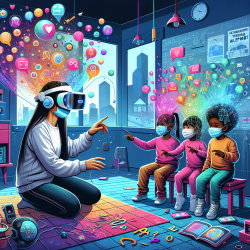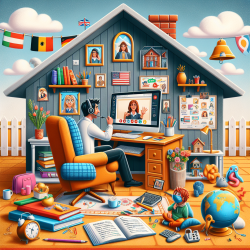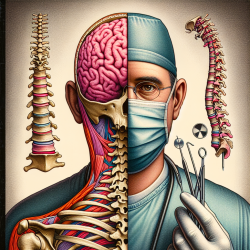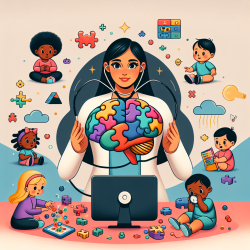Welcome to the Future: AR/VR in Speech Therapy
As we navigate the post-COVID-19 world, the demand for innovative technologies in education and healthcare has never been more pronounced. Augmented Reality (AR) and Virtual Reality (VR) have emerged as powerful tools, not only in medical fields but also in speech therapy, offering new ways to enhance learning and therapeutic outcomes.
How AR/VR is Transforming Speech Therapy
AR and VR technologies provide immersive experiences that can be tailored to the needs of each child, making therapy sessions more engaging and effective. According to a recent research article titled "Augmented reality, virtual reality and new age technologies demand escalates amid COVID-19," these technologies are crucial in reducing the need for physical presence, thus ensuring safety while maintaining high-quality therapy.
In speech therapy, AR/VR can be used to simulate real-life scenarios where children can practice communication skills in a controlled, virtual environment. This not only enhances the learning experience but also allows for real-time feedback and adjustments, ensuring that each session is as productive as possible.
Benefits of AR/VR in Speech Therapy
- Enhanced Engagement: Children are naturally drawn to interactive and visually stimulating environments, which can increase their motivation and participation in therapy sessions.
- Personalized Learning: AR/VR allows therapists to customize scenarios to meet the specific needs of each child, ensuring a more personalized approach to therapy.
- Safe Learning Environment: With the ongoing need for social distancing, AR/VR provides a safe alternative to in-person sessions, reducing the risk of virus transmission.
- Improved Outcomes: By providing a more engaging and interactive learning experience, AR/VR can lead to improved therapeutic outcomes and faster progress.
Encouraging Further Research and Implementation
While the benefits of AR/VR in speech therapy are clear, further research and development are needed to fully realize their potential. Practitioners are encouraged to explore these technologies and consider how they can be integrated into their practice to enhance therapy outcomes.
For those interested in delving deeper into the research, the original paper provides a comprehensive overview of the demand for AR/VR technologies amid the COVID-19 pandemic and their applications across various fields. Augmented reality, virtual reality and new age technologies demand escalates amid COVID-19.
Conclusion
As we continue to adapt to new challenges in education and healthcare, AR/VR technologies offer promising solutions for enhancing speech therapy. By embracing these tools, we can provide more engaging, personalized, and effective therapy sessions, ultimately leading to better outcomes for children.










